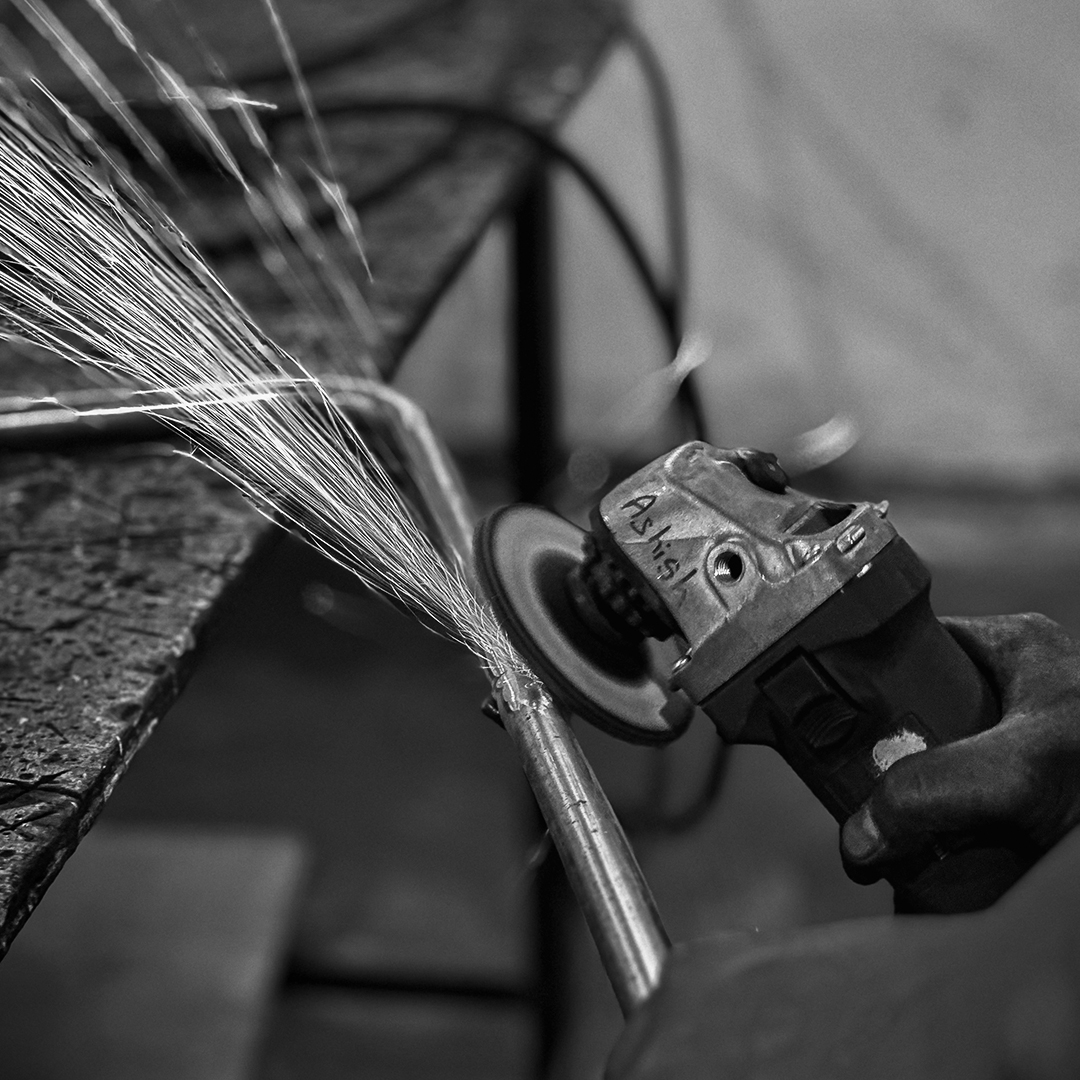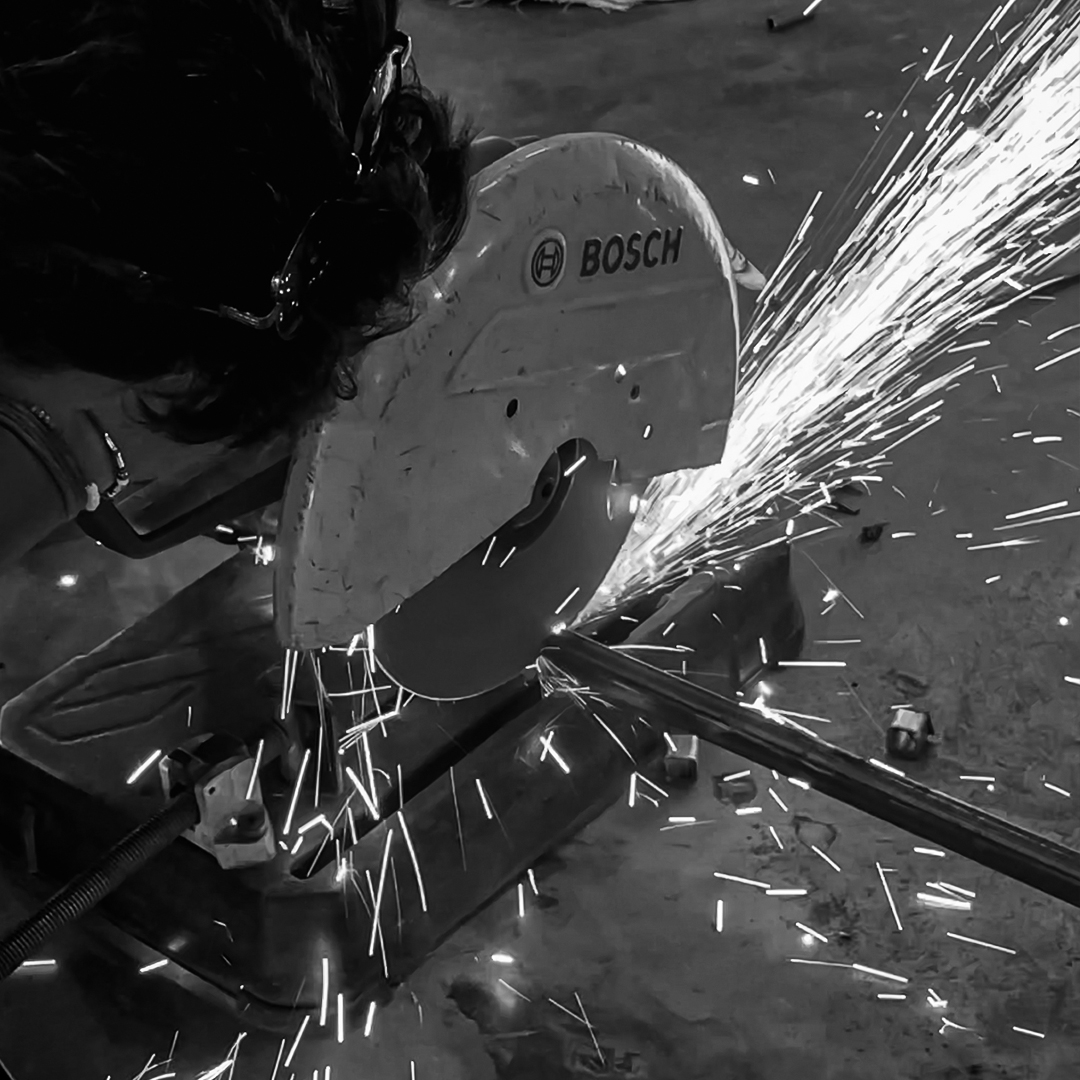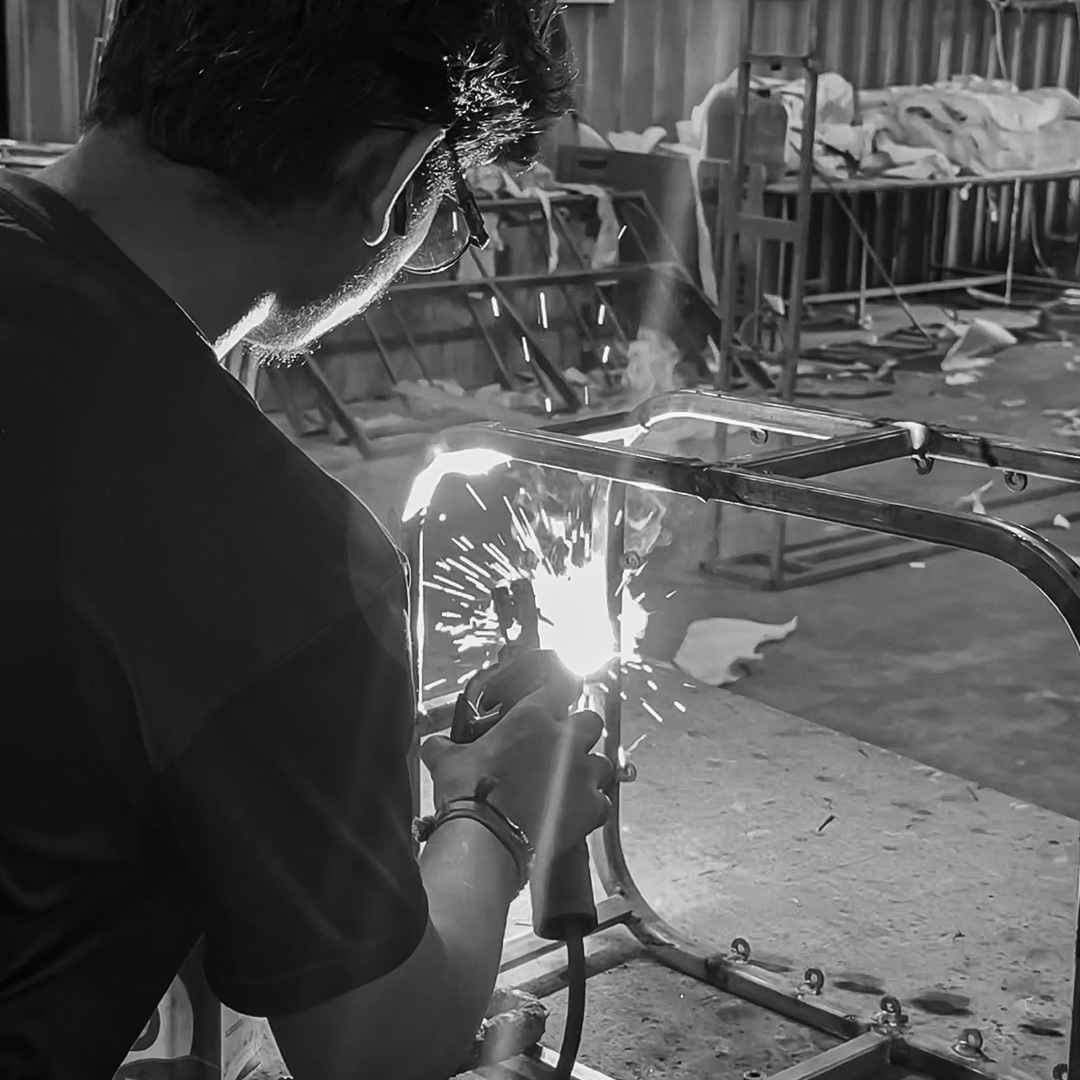


The answer is yes, steel is incredibly eco-friendly. The fact that steel products can come in many shapes and sizes doesn’t change how great it is for the environment, as far as building materials are concerned. Each type of structural steel has a different aesthetic value and slightly different physical characteristics, but genuinely sustainable structural steel requires consistency and precision from the steel fabrication company and manufacturer.
There are many reasons why structural steel is one of the least harmful materials to the environment.

Compared to several other building materials, it doesn’t take much structural steel to hold a building up. The majority of structural steel contains high levels of carbon, but even stainless steel, galvanised steel or mild steel can withstand large loads. All types of steel are strong and durable. You can even create entire building frames using steel beams and columns welded together. These are known commonly in the industry as steel frame buildings, which are frequently used in domestic and commercial extensions, refurbishments and exterior cladding systems.
Steel is a versatile metal with lots of applications, providing strength and durability to the world around us. Steel’s presence spans from the tallest skyscrapers to everyday household items, and its production has been an integral part of technological growth throughout the ages. Making up almost 2 billion tonnes produced in 2021 alone, steel is an iron alloy made up of a combination of metals and non-metals such as carbon, iron, and tin. Most importantly, steel is highly recyclable, with more than 60 per cent being recycled back into processes annually since 1970. On the other hand, other metals such as aluminium, copper and brass aren’t as versatile due to degradation.

Structural steel support beams and sections are all unique, in the sense that they can be recycled without losing any of their core durability or structural integrity. Steel can be recycled at any point throughout its time in applications, with trimmed or cut pieces and rejected parts finding many uses after steel fabrication work has been completed. Steel framed buildings, constructions and framing can be disassembled and reused. Thanks to 3D steel fabrication drawings, accurate designs and exact material amounts can be calculated ahead of time to prevent waste. However, it’s fortunate that there are usually plenty of uses for steel pieces that are cast aside from a project. .
The energy to produce raw steel materials has exponentially reduced over the years. Carbon dioxide byproducts can be recaptured, cleaned and reused in other applications. Also, electric arc furnaces (EAFs) allow steel production from large percentages of scrap metal. Producing steel from scrap uses less energy, but modern steel production is by no means an unsustainable practice. .

Steel products do not emit any toxic chemicals, which is always preferable to the environment. Compared to other materials when, in production, waste products are in plentiful supply, which is excellent when you consider that structural steel produces no toxic runoff. .
Its manufacturing process minimizes harmful emissions, and its installation and use in construction do not introduce pollutants into the environment. Additionally, structural steel is 100% recyclable, further reducing its environmental impact by promoting a circular economy. Choosing structural steel means building with a material that protects both the planet and the people who inhabit it.
“By choosing steel, we ensure that our practices align with our mission to build a greener future.”